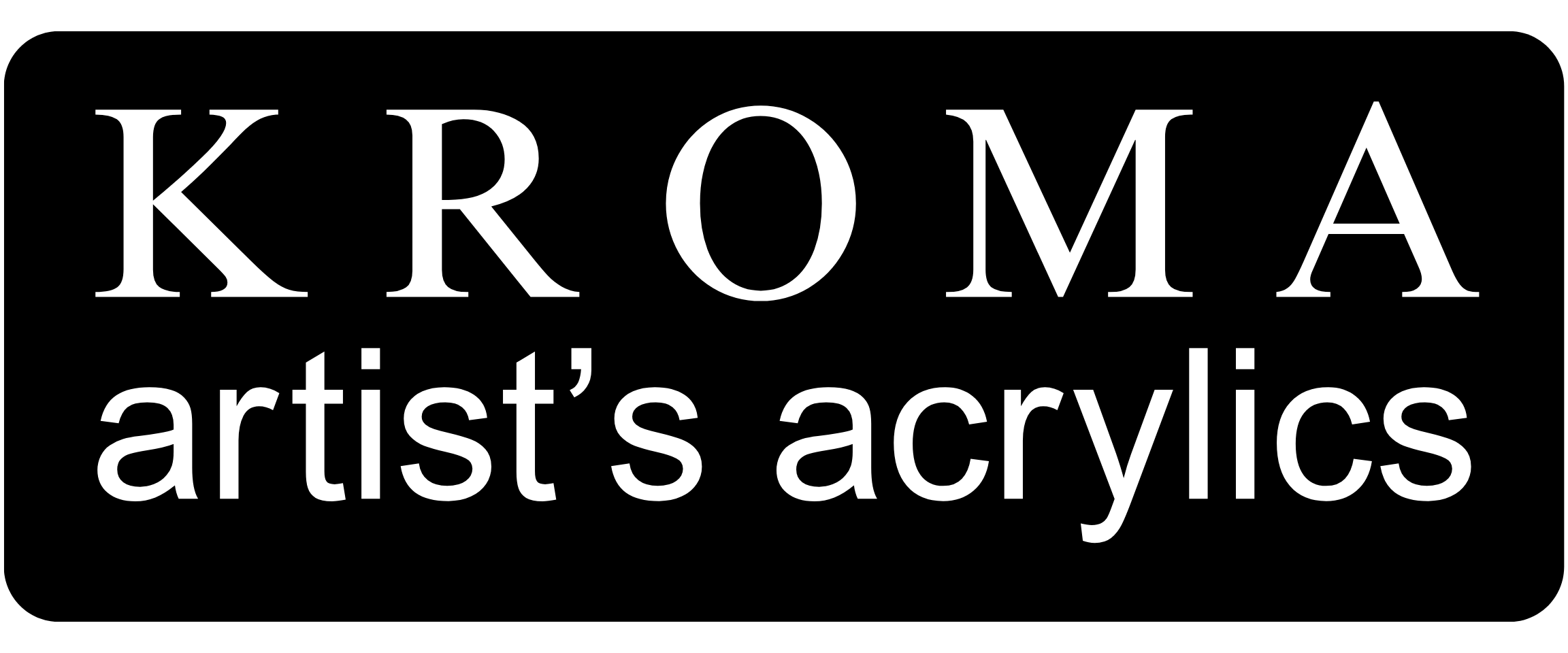
Watching Paint Dry
Watching Kroma Crackle do its thing is so fun! Shown here are three examples of Kroma Crackle that have been tinted with acrylic paint, creating a two-toned crackle effect. To create this...

How to mix Pink
I am often asked about Pink. Each red produces brighter, duller, warmer or cooler pinks depending on how they are used. For example, "hot" pinks are best achieved by using...















